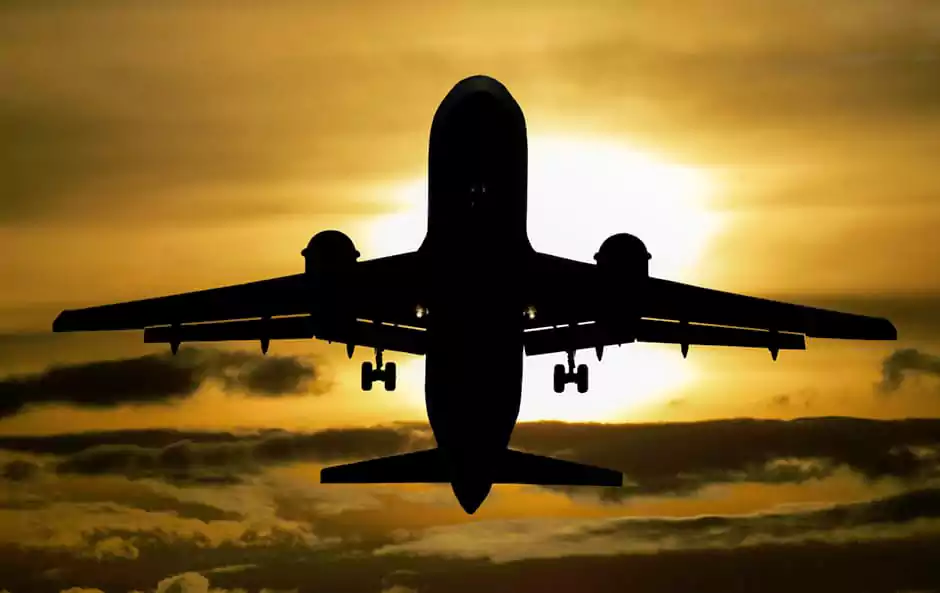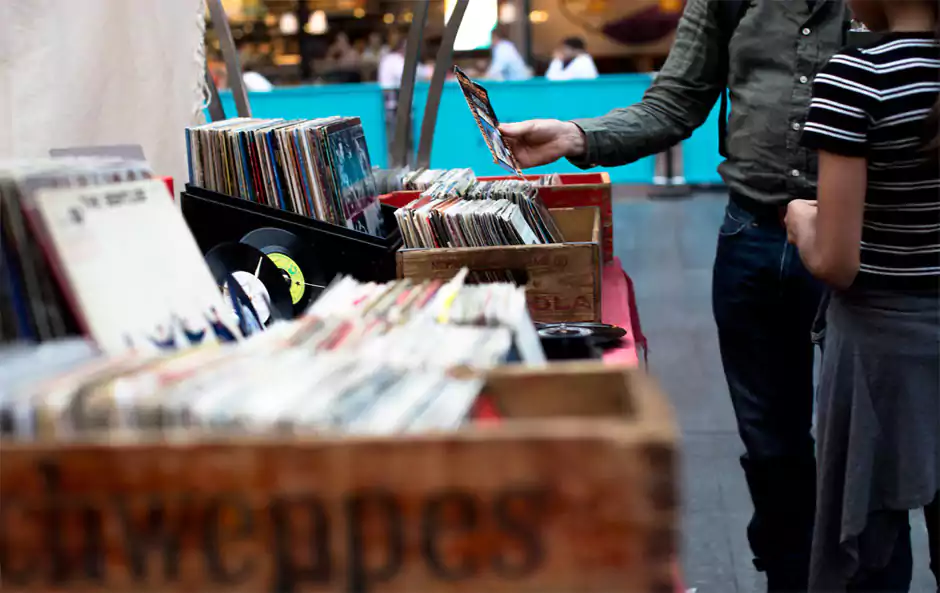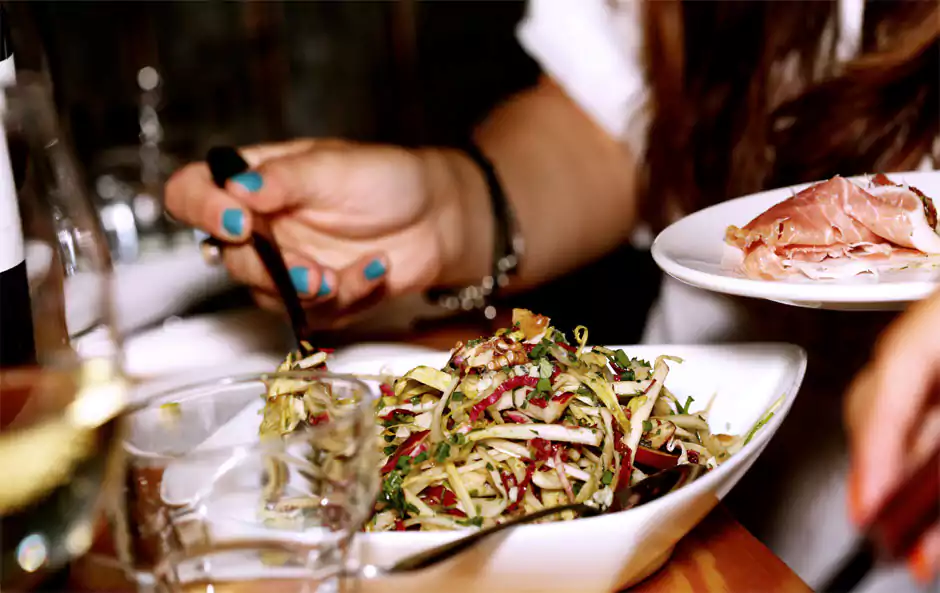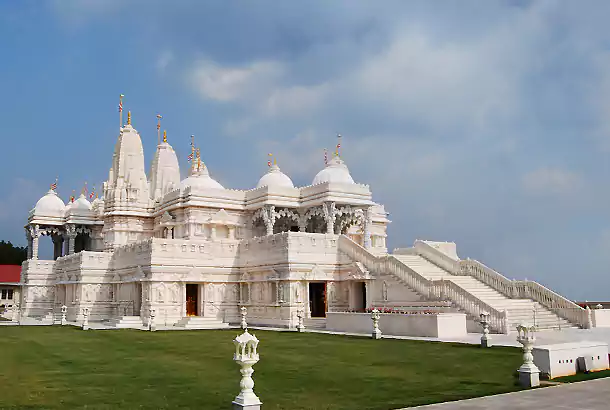
Travel
The country has a pretty decent public transport network consisting of trains, buses (called coaches) and of course airplanes. You are not as reliant on the car as you would be in the US. Having said that, in smaller towns and cities, a car is usually necessary as bus stops and train stations are not always conveniently located, and services may not be very frequent.
The inter-city trains are pretty expensive and make sure you book well in advance to avoid paying huge fares.
The cheapest way to travel inter-city is by bus, although this is more time consuming than travelling by train or by air.
The trains are fairly comfortable, and have pantry cars that serve snacks and tea/coffee.
London requires a special mention because of its underground rail system, rather obviously called the "Underground" or more commonly, the Tube. As far as public transport goes, London is divided into six zones, zone one being the inner-most zone, and zone six the outermost.
The cheapest way to get around London is to travel either after 9.30am (after the morning rush-hour), or on weekends. You can buy a "Travelcard" - which is essentially a ticket that covers you for unlimited use on the Tube network, London's buses and commuter (surface) trains. The price of the Travelcard varies depending on the zones you want it for. A one-day 6-zone travelcard, which covers the whole of London, costs £4.50. You can also get a weekend travel card that covers you for a weekend or of course, a weekday, monthly or yearly travel card which will cover you for peak-hour usage as well.
If you are a student, you will need your student ID card to get discounts on public transport. Ask for a "Railcard" which gives you around 33% off on rail travel.
Overall, the system is easy to use and fairly efficient, although there are almost always problems of one kind or another - signal problems, defective trains and so on, which result in cancellations. But you will almost always be able to make it to your destination. When travelling on the Tube network, leave at least 5-10 minutes at interchanges as some of the stations are big and changing from one line to another takes time. Peak time crowds can significantly add to the time taken.



